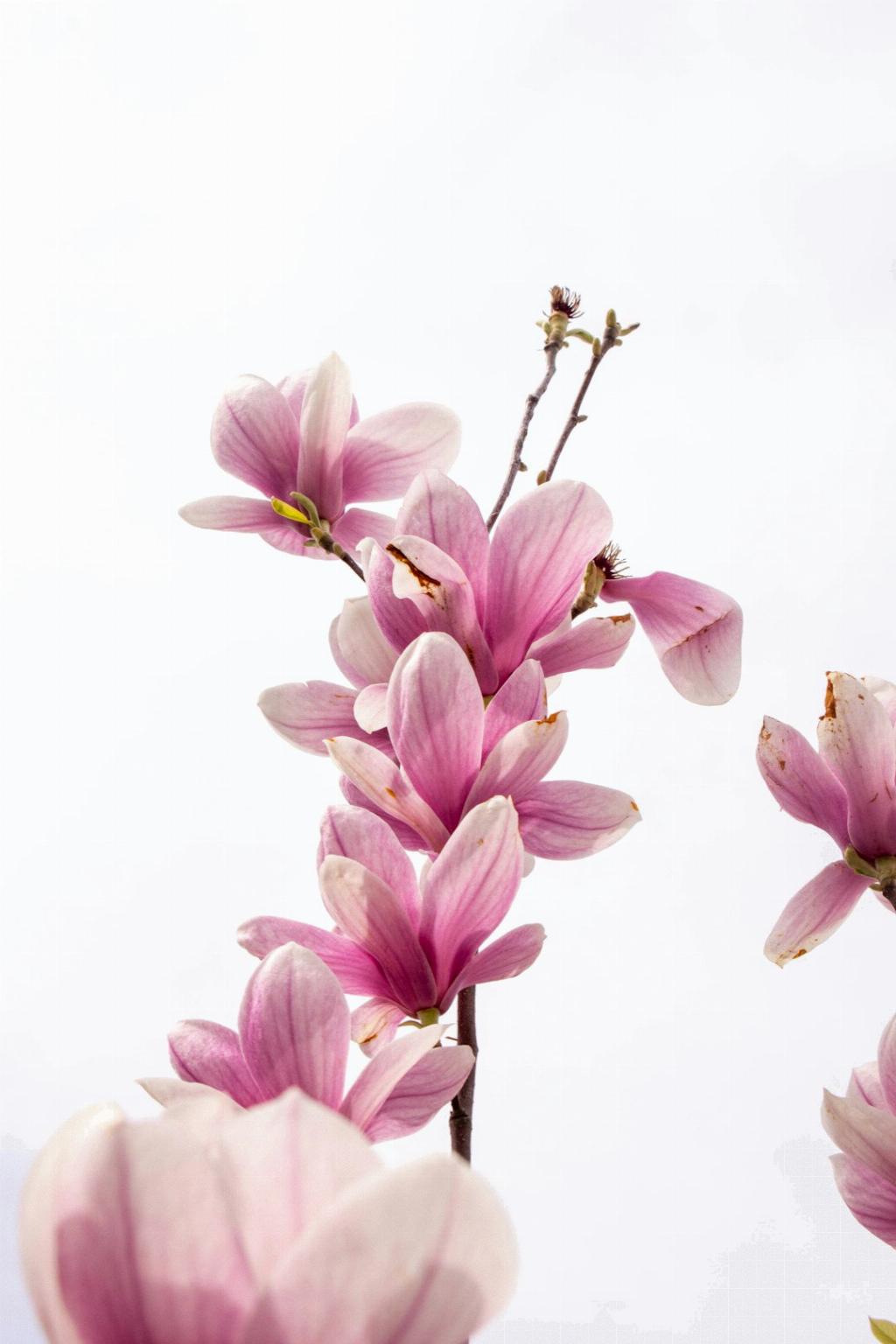When it comes to planting gardenias, the location plays a crucial role in their growth and overall well-being. Finding the perfect spot for your gardenia plants can determine their success in blooming beautifully. Let’s explore some key factors to consider when deciding where to plant your gardenias.
One essential aspect to keep in mind is the amount of sunlight that gardenias require. These plants thrive in areas where they can bask in four to six hours of sunlight daily. However, it’s important to note that this recommendation can vary depending on the climate of your region and the specific needs of the plant.
For gardenias in warmer climates, it’s best to avoid the intense rays of late afternoon sunlight. Instead, opt for a location where the plants can receive gentle morning to mid-day light. This adjustment helps prevent the gardenias from becoming stressed or scorched due to excessive heat exposure.
On the other hand, if you reside in a cooler temperature region, you may have more flexibility in choosing a planting site with full sun. Gardenias in these areas can benefit from soaking up as much sunlight as possible to support their growth and blooming cycle.
Consider the overall climate and weather patterns of your area when deciding where to plant your gardenias. These plants prefer a warm, humid environment with adequate air circulation. In regions with high humidity, it’s essential to ensure that the gardenias receive ample sunlight to offset any potential moisture-related issues.
Another crucial factor to take into account is soil quality. Gardenias thrive in well-draining, slightly acidic soil that is rich in organic matter. Before planting your gardenias, assess the soil in your chosen location to see if any amendments are necessary to create the ideal growing conditions for these plants.
When it comes to planting gardenias in your garden or landscape, consider the surrounding elements that may affect their growth. Avoid placing gardenias near concrete structures or large buildings that can radiate excessive heat and impact the plant’s temperature regulation. Opt for a location with moderate air flow to promote healthy growth.
It’s also important to avoid planting gardenias in areas prone to waterlogging or standing water. These plants prefer moist, well-drained soil that allows them to access water without becoming waterlogged. Proper drainage is essential for preventing root rot and other water-related issues.
While gardenias appreciate consistent moisture, they also don’t tolerate soggy conditions well. Choose a planting site that strikes a balance between adequate hydration and good drainage to support the plant’s root development and overall health.
Consider the aesthetic appeal of planting gardenias in your landscape. These plants produce stunning blooms and glossy green foliage that can enhance the visual appeal of your garden. Place gardenias in locations where they can be easily admired and enjoyed, such as near outdoor seating areas or along pathways.
When determining where to plant gardenias, keep in mind the proximity to other plants and trees in your garden. While gardenias enjoy some shade, they also need enough sunlight to bloom and thrive. Avoid overcrowding gardenias with other large plants that may compete for sunlight and resources.
Ultimately, the best location to plant gardenias is one that meets their sunlight, soil, and moisture requirements while enhancing the overall beauty of your garden or landscape. Take the time to assess your outdoor space and find the perfect spot that allows your gardenias to flourish and showcase their exquisite blooms.
By carefully selecting the planting site for your gardenias and providing them with the ideal growing conditions, you can enjoy the beauty and fragrance of these delightful plants in your outdoor space.

